Baby Aviator: 2020 Lincoln Corsair Dials up the Panache

While Lincoln’s compact MKC crossover sold reliably following its mid-2014 introduction, the still-vulnerable brand couldn’t let it grow stale in a hotly competitive segment. Thanks to shrinking sedan sales, Lincoln took a sales hit in 2018 as it awaited salvation in the form of the midsize, rear-drive Aviator — a vehicle designed to add heavily to the profits generated by the top-flight Navigator.
In a market like this, utility vehicles need to pull more than just their own weight. With that in mind, after making the decision to kill off the confusing MK(?) naming strategy, Lincoln set about turning the MKC into a stronger, more compelling entry in the compact premium class.
Enter the Corsair.
We’ve already delved into details about the 2020 Corsair via VIN documents, but at least now we know what it looks like. Lincoln clearly blew some of the styling dust off the Aviator, allowing it to settle on the Corsair. Despite being front-drive biased, versus the Aviator’s rear-drive layout, the Corsair crams itself into the same mold.
Its lines lean strongly towards elegant, or at least “refined,” with a flat beltline and a high, straight character line cutting just below it. The roofline tapers towards the rear, giving the vehicle the shape of an onrushing ocean liner (or, um, a Range Rover), which in either case spells “luxury.” Lincoln designers claim their muse for the Corsair was a statuesque feminine statue, hence the contours seen along the vehicle’s flanks.
Lincoln design director David Woodhouse makes much mention of human hands delicately sculpting the Corsair’s “s-curves,” which brings to mind that scene from Ghost.
“It is virtually sculpture in motion, a vehicle definitely meant to seduce,” he said in a statement.
Again, that scene from Ghost.
Full-width taillights are slim, intersected with a thin chrome strip, while the grille and headlamps do their best to emulate the Corsair’s larger sibling. Naturally, there’s a floating roof. The Corsair, like its predecessor, doesn’t have an infinite amount of width or length to work with; anything that enhances those dimensions are A-OK in Lincoln’s books.
With the Corsair, Lincoln intends to take on its uber-refined German rivals without alienating its customer base.
Oddly, Lincoln made no mention of the anticipated plug-in hybrid variant in its press materials. Maybe Lincoln wants to play it up seperately, or perhaps the electrified powertrain isn’t on track for a concurrent launch; either way, Ford Motor Company indicates in VIN decoder filings that the Corsair will get a PHEV variant that makes use of Ford’s 2.5-liter four-cylinder. Spy photos have revealed its presence, as well.
The engines Lincoln is willing to talk about will seem very familiar, as they made up the MKC’s powertrain list. Entry-level propulsion comes by way of a turbocharged 2.0-liter four-cylinder, targeted for 250 horsepower and 275 lb-ft of torque, with a turbo 2.3-liter (approximately 280 hp, 310 lb-ft) serving as an upgrade. Both finessed engines ditch their six-speed automatics in favor of an eight-speed unit.
All-wheel drive is available with either engine, with five drive modes — Normal, Excite, Slippery, Deep Conditions, and Conserve — to choose from. Lincoln makes a point of talking about cabin comfort, and especially cabin isolation. Road, engine, and wind noise is said to be diminished (a double firewall helps in this pursuit), while a rear integral bush suspension (a first for Lincoln) cushions road impacts that might otherwise have jostled passengers.
Big changes are afoot in the Corsair’s interior. Unlike the MKC, the center stack is less imposing, and is effectively split by a dash that emphasizes continuous horizontal lines. Frankly, it looks German. The touchscreen (an 8-inch unit is available) follows the “tablet stuck in dashtop” trend adopted by so many other automakers, while the lower center stack floats above the console. Shifting gears is still a push-button affair, though the buttons have migrated from the upper left side of the center stack to the center, where they now rest in a horizontal layout.
In terms of tech, the Corsair adopts features readied for the Aviator, such as the “Phone As a Kay” tech that allows drivers to unlock and start the vehicle without the presence of a key or a fob. Thank the bright minds behind the Lincoln Way app for that bit of convenience, assuming you view it that way. In case you’re wondering, owners of phones with dead batteries can still commandeer their own vehicle via the external keypad and interior touchscreen. This same feature allows a driver to personalize 80 functions to his or her preference, leaving nothing in need of manual adjustment after entering the vehicle.
Other boastworthy features include a slew of symphonic warning chimes and indications recorded by the Detroit Symphony Orchestra, SYNC 3 with AppLink, standard wi-fi, a rear seat capable of sliding fore and aft by up to six inches, and the Lincoln Co-Pilot360 suits of safety features. This standard bit of kit includes pre-collision assist with automatic emergency braking and pedestrian detection, blind spot monitoring, a lane-keeping system, rear backup camera, and auto high-beam lighting.
There’s an available upgrade that adds adaptive cruise with traffic jam assist, rear brake assist, evasive steer assist, and Ford’s Active Park Assist Plus, which takes the worry out of squeezing into those tight spots. A head-up display and 24-way Perfect Position seats are also on the options list.
Those looking to adapt the cabin to their own aesthetic tastes have three new choices for ambiance: Beyond Blue (high-contrast blue and white), Cashew (tan and black), and Medium Slate (light grey and ebony). The Reserve Appearance Package, a no doubt pricey option Lincoln hopes you choose, lends the Corsair a unique grille, rockers, and wheels. That’s the green model you see above, by the way.
Pricing remains a mystery, but we’ll know what all of this added panache adds to the sticker once the Corsair’s fall 2019 on-sale date draws closer.
[Images: Lincoln Motor Company]

More by Steph Willems
Latest Car Reviews
Read moreLatest Product Reviews
Read moreRecent Comments
- Keith_93 I've rented both in the past few months. The RAV4 was OK, but the CX5 is wayyyy more civilized. Mazda really impressed me, impressive car on the highway. Simply a well thought out and pleasant drive.
- AZFelix "I must not fear. Fear is the mind killer..."I will adorn the many surfaces of my car with 'do not enter' and 'stop' signs."Where the fear has gone there will be nothing. Only I will remain."
- Ajla Ajla, the head of the "ajla is cool" awareness organization, believes that ajla is cool.
- Ajla I don't have interest in owning an autonomous car. I certainly don't think I'd ever "embrace it" because I like driving my car. Would I be "scared" taking a ride in an AV in 2024? Probably, although not hysterical about it. Statistically the majority of accidents, especially fatal accidents, are caused by reckless or impaired driving. I don't do those things and the AV technology of 2024 won't really save you from other people being insane on the road.
- Tassos I’m afraid of EVERYTHING!




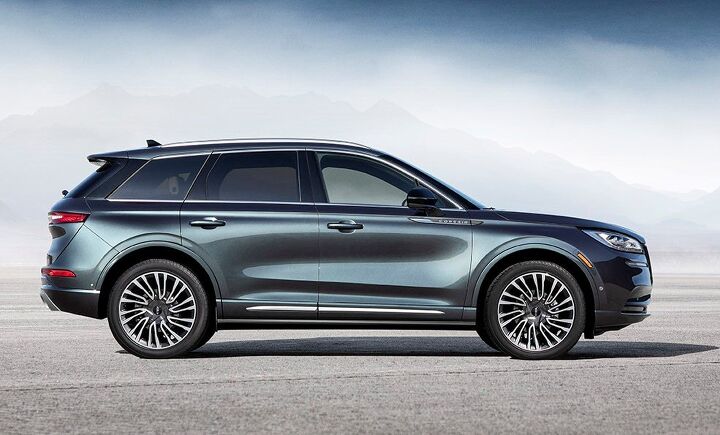





















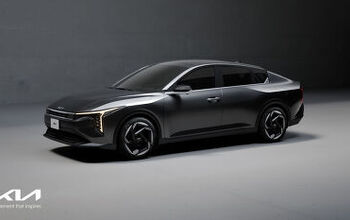
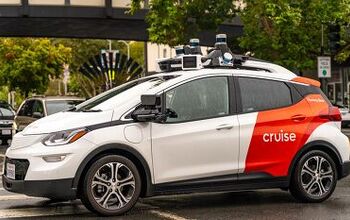




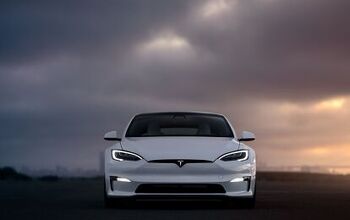

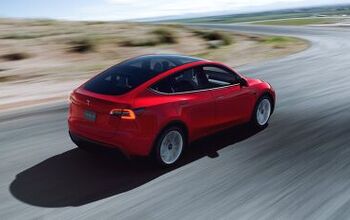
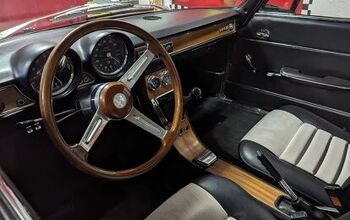

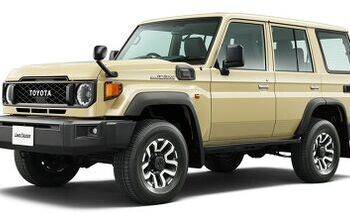

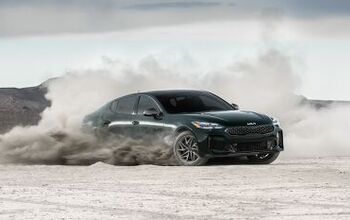
Comments
Join the conversation
The new Lincolns look very nice, the new design language speaks to me (and apparently to a lot of you here) and I was actually excited to check out the new Nav and Nautilus during our car shopping. But you know how some people look better in pictures than in real life? I think these cars are like that to me. Maybe it's the sky high expectations for Lincoln's recent revival or whatnot. I imagine the sheen of "premium-ness" was a bit over-exaggerated by good camera filters. People speak as if they're equivalent to Range Rovers but they're still a few good steps away from that.
By all reviews so far, it looks like FoMoCo has another winner on its hands. Its too bad neither GM or Fiat can even begin to compete with FoMoCo right now. By the time any of the others field an actual competing vehicle, FoMoCo will again be leading the pack. Business as usual for the blue oval.